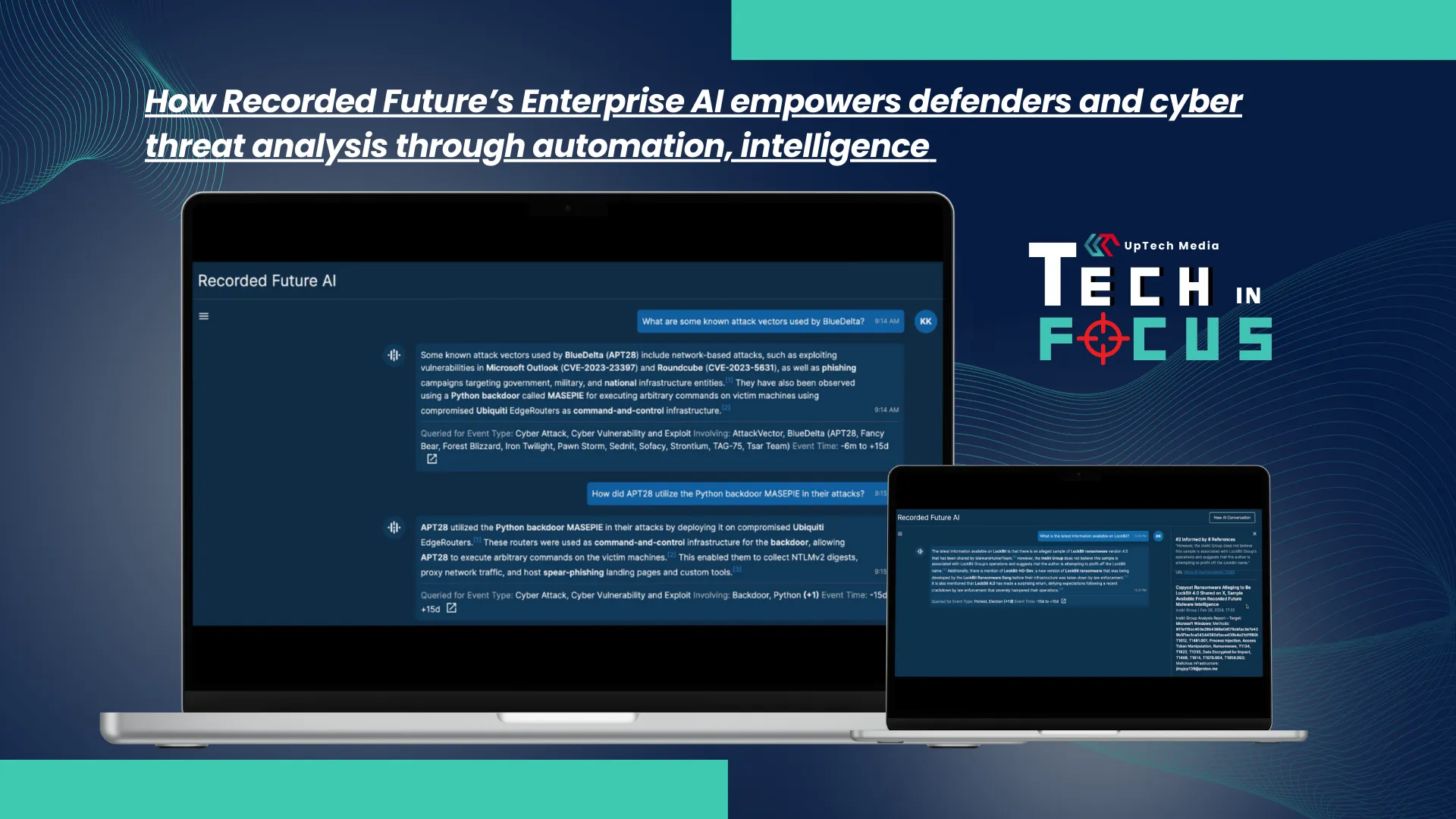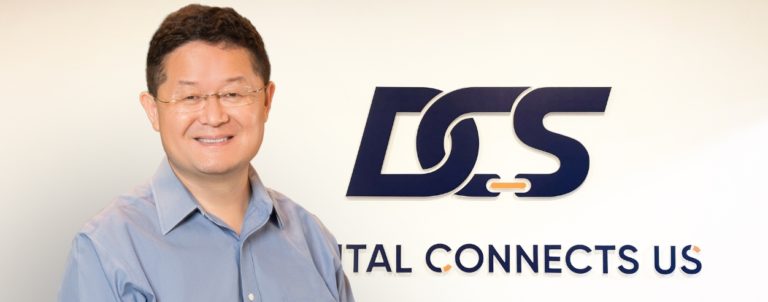With the proliferation of cybersecurity tools across enterprises, organisations now have a rapidly expanding scope of digital assets to monitor and protect.
Alongside this expansion, labour force and economic pressures limit the ability to resource organisations effectively. The convergence of geopolitical and cyber threats, in particular, amplifies threats faced by organisations, and threat actors themselves have begun deploying generative AI capabilities, changing the nature of the threat landscape.
In responding to these challenges, Recorded Future’s Enterprise AI has been instrumental in enhancing its capacity to process vast amounts of information, extending capabilities for monitoring both physical and cyber threats, and speeding and empowering defenders and analysts to respond to those threats.
This, in turn, leads to lowering the barrier to entry for effectively deploying intelligence, allowing more organisations to realise their business risk-reducing benefits.
Understanding intelligence as a core data problem
For Jerry Hodge, senior product manager at Recorded Future, the challenge often lies in knowing what data to collect and correlate, what questions to ask of that data, and how to act on it. With intelligence considered a core data problem, organisations are also faced with alerts and potential incidents at a rate that most teams are unable to keep up with.
He further explained that analysts often have a short period of time to evaluate and respond to potential incidents, where time is a significant aspect of every operation.
According to him, the process of synthesising information has fallen exclusively to the capabilities of a human analyst. However, with the introduction of technology, the company’s enterprise AI capabilities have now augmented and enabled human analysts to perform their analyses in a conversational interface.
For instance, clients can now, in a single conversational format, analyse threat actor profiles, the impacts of cyber-attacks attributed to them, and the infrastructure those threat actors use. The ability to combine these datasets, understand impact, and drive action is essential.
Furthermore, the strength of Recorded Future’s deployment of its Enterprise AI capabilities is also the intelligence graph and the source of truth that graph provides.
In this way, the platform analyses and processes real-time, tailored intelligence specific to the organisation defenders that are working to protect without risk of false information or AI being compromised due to bad information.
Recorded Future clients are reporting an increase in capacity of 2x and 3x, which has a direct impact on how well their organisation is defended.
Enterprise AI: How does it work?
When discussing the key technical aspects of the platform, Jerry also explained that the core power of Recorded Future’s Enterprise AI capabilities is the intelligence graph. This graph comprises the largest collection of NLP-tagged open-source intelligence, the largest holdings of dark web data, and the largest span of technical data on threat actors, infrastructure, malicious infrastructure, and their targets.
Enterprise AI capabilities are designed to interact with, process, and analyse the intelligence graph in its entirety. The intelligence graph, as part of its core, collects and structures text, image, and technical data in real time and uses natural language processing and machine learning to make connections and associations across billions of entities. This data is the basis on which Recorded Future’s AI capabilities operate.
The strength of Recorded Future’s deployment of its Enterprise AI capabilities is the intelligence graph and the source of truth that graph provides. In this way, Recorded Future AI is analysing and processing real-time, tailored intelligence specific to the organisation defenders are working to protect without risk of false information or AI being compromised due to bad information.
Additionally, key aspects of its capabilities include automating the entire intelligence lifecycle, enabling clients to rapidly understand and respond to the changing and evolving threat landscape. This speed ensures the company’s clients are able to defend their organisations, assets, and people.
However, Jerry also shared that one of the most challenging aspects of deploying Enterprise AI capabilities is knowing which data is the most relevant and actionable for the end client.
In this part, Recorded Future analyses and understands the intent of the analyst to ensure Recorded Future AI uses the most relevant information, proving that the platform is not merely about summarising information.
Thus, it’s about building a set of capabilities that understand, surface, and analyse the most relevant and actionable information for clients.
Shaping the path to situational awareness of the threat landscape
When asked about how the vision for the company contributed to shaping a transformative direction for its products or services, Jerry emphasised how Recorded Future has been deploying artificial intelligence and machine learning to enable defenders to gain situational awareness of the threat landscape and take action against those critical emerging threats.
He notes, “Since first launching Recorded Future AI in April of 2023 and the continued development of our Enterprise AI capabilities, we believe artificial intelligence will continue to transform threat intelligence.”
“With the goal of supporting our overall product strategy, we aim to be the source of truth, to drive automation, and then validate and report on the outcomes of actions taken. In order to continue to be a leader in this space, speed and comprehensiveness of data are absolutely crucial,” Jerry further added.









